July 2021
July 31, 2021
The Penile Plethysmograph
I had to post this item today, to accompany Alex's "pot-sex" post, only because how often does one get to use the great word "plethysmograph?"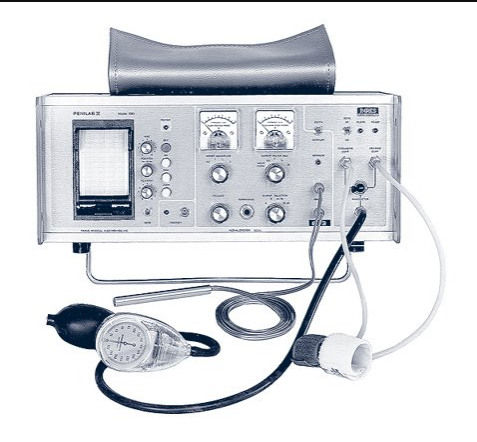
Posted By: Paul - Sat Jul 31, 2021 -
Comments (1)
Category: Medicine, Science, Sexuality, Technology, Genitals
The Marijuana Sex Experiment
1975: There was a public hoo-ha when details of Dr. Harris Rubin's planned "marijuana sex study" leaked to the press. As described in the St. Louis Post-Dispatch (Dec 7, 1975):The New Scientist noted that, despite the moral outrage, the purpose of the study was actually to generate anti-marijuana propaganda by demonstrating that marijuana inhibits sexual response. At least, that was the anticipated result. But the experiment was never conducted.

Dr. Harris Rubin of the Southern Illinois University School of Medicine at Carbondale
Morton Hunt gives more details in his 1999 book The New Know-Nothings:
On July 18, the Bloomington, Illinois, Daily Pantagraph, which had somehow become aware of the study, ran an article about it, and from then on Rubin's project was in trouble. Newspapers in Illinois, St. Louis, Washington, Chicago, and many other cities ran stories about what quickly became known as the "sex-pot study" or "pot-sex study," a topic so interesting that they ran follow-up stories about it for many months. Displaying suitable outrage, the Christian Citizens Lobby, Illinois governor Daniel Walker, a federal prosecutor, and various Illinois state officials all denounced the study, calling it "disgusing," "pornography," "obscene," and "garbage," and threatening to take action against Rubin.
This was mere growling and snapping, but Congress had the teeth wherewith to bite. Senators William Proxmire and Thomas Eagleton, Democrats but sexual conservatives, attacked it, as did Representative Robert Michel, the ranking Republican member of the House Appropriations subcommittee. Although the secretary of HEW and the president's National Advisory Council on Drug Abuse defended and supported the project, Michel sought to prevent NIDA from funding the Rubin study by tucking an amendment to that effect in the $12.7 billion-dollar 1976 Supplemental Appropriations Bill for HEW, and Senators Proxmire and Warren Magnuson inserted a similar provision into the Senate's version of the bill. The funding of HEW was so crucial to the national well-being that both houses passed the bill with the anti-Rubin provision intact. President Ford signed it into law on May 31, 1976, keeping the vast Social Security system, NIH, and other essential endeavors going—and cutting off Rubin's minuscule funding and putting an end to his research. Rubin had already gathered the alcohol data and he eventually published his results, but the marijuana study died a-borning.
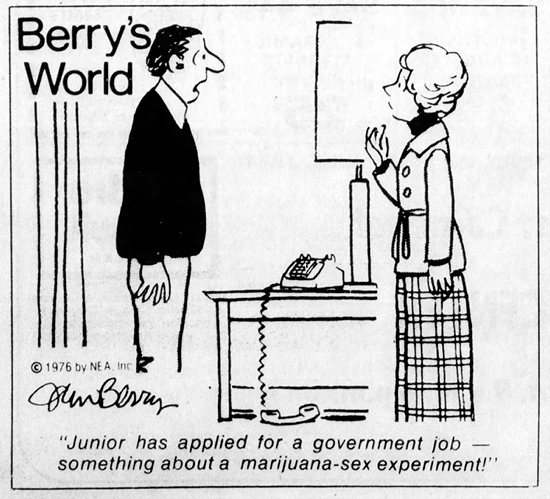
The Sedalia Democrat - Feb 4, 1976
Posted By: Alex - Sat Jul 31, 2021 -
Comments (6)
Category: Drugs, Smoking and Tobacco, Experiments, 1970s, Moral Panics and Public Hysteria
The Way-Out Record for Children
The creator's Wikipedia page.
Posted By: Paul - Sat Jul 31, 2021 -
Comments (3)
Category: Education, Fey, Twee, Whimsical, Naive and Sadsack, Ineptness, Crudity, Talentlessness, Kitsch, and Bad Art, Music, Children, Bohemians, Beatniks, Hippies and Slackers, 1960s
July 30, 2021
So easy a four-year-old can do it
From Newsweek - Jan 2, 1950:Pamela doesn't look like she's having fun.

Posted By: Alex - Fri Jul 30, 2021 -
Comments (6)
Category: Publicity Stunts, Children, 1950s
Ron Popeil, RIP
His obit at CNN.
Posted By: Paul - Fri Jul 30, 2021 -
Comments (1)
Category: Excess, Overkill, Hyperbole and Too Much Is Not Enough, Inventions, Chindogu, Television, Advertising
July 29, 2021
Octogenarian Teetotalers
Published by the National Temperance League of London in 1897. It contained 113 portraits of teetotalers who were over the age of 80.Unfortunately, there was no companion volume of Octogenarian Tipplers.


image source: Bizarre Books
Posted By: Alex - Thu Jul 29, 2021 -
Comments (2)
Category: Elderly and Seniors, Inebriation and Intoxicants, Books
Currier and Ives Toiletries
Many cultural touchstones of my youth have vanished, and mean nothing now to new generations."Currier and Ives" is one such.
At one time this name meant "nostalgic popular culture invocations of the nineteenth century." But given that meaning, what kind of smells would you necessarily associate with it? Horse manure? Coal fires? Unwashed longjohns? Was that what was meant by "manly elegance?

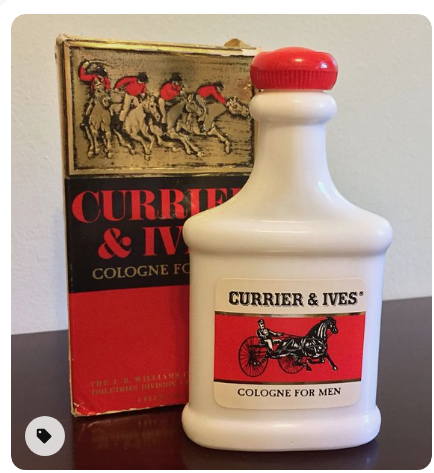
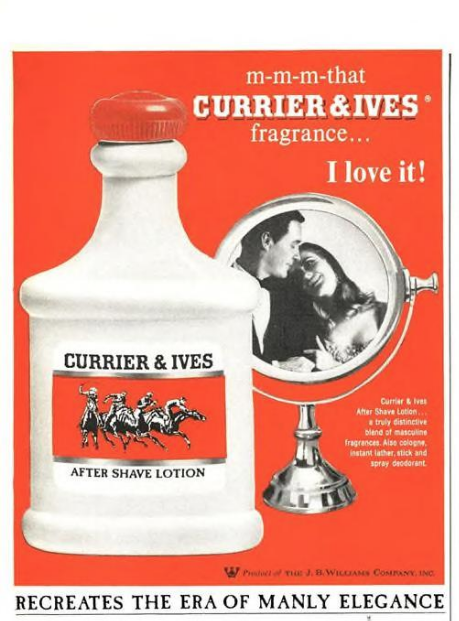
Posted By: Paul - Thu Jul 29, 2021 -
Comments (1)
Category: Advertising, 1960s, Perfume and Cologne and Other Scents, Nostalgia
July 28, 2021
The Mystery Girl from the World of Autodynamics
In late 1956, a celebrity in disguise as the "Mystery Girl from the World of Autodynamics" toured car shows and dealerships. The public was challenged to guess her identity to have a chance to win a new 1957 Dodge.Can you guess who she was? The answer is below in extended.
Here's a hint. She's not an A-list celebrity, but we've posted about her before on WU.


North Hollywood Valley Times - Nov 24, 1956
More in extended >>
Posted By: Alex - Wed Jul 28, 2021 -
Comments (4)
Category: Publicity Stunts, 1950s, Cars
Artwork Khrushchev Probably Would Not Have Liked 37
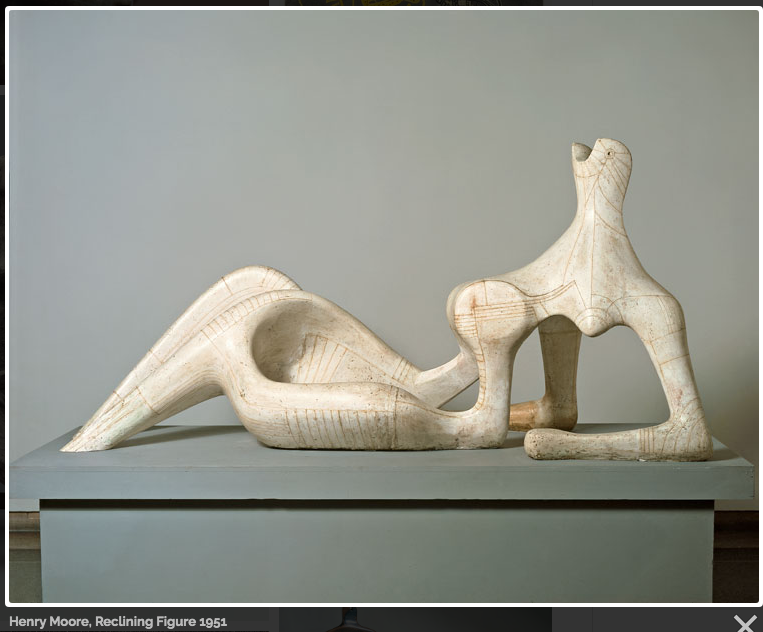
Moore's Wikipedia page.
Posted By: Paul - Wed Jul 28, 2021 -
Comments (0)
Category: Art, Avant Garde, Statues and Monuments, 1950s, United Kingdom
July 27, 2021
Disco Felon
A "disco felon" is a medical condition caused by snapping one's fingers too much to disco music. It was first reported in the New England Journal of Medicine.The original article is behind a paywall, but Edward Nash provided some details in the journal Science Year 1982:
The doctors treated the girl by draining and bandaging the inflammation. She recovered, but Walker and his associates sounded a dire warning to other disco dancers and their doctors. "Disco dancing may eventually be shown to damage a variety of body systems: namely visual, auditory, orthopedic, and nutritional. [Nutritional] damage might result from self-imposed starvation in an attempt... to wear the latest outfits."
A correspondent to the NEJM later suggested that "disco digit" might be a less confusing name for the condition.
Posted By: Alex - Tue Jul 27, 2021 -
Comments (3)
Category: Health, Music, 1970s
| Get WU Posts by Email | |
|---|---|

| Who We Are |
|---|
| Alex Boese Alex is the creator and curator of the Museum of Hoaxes. He's also the author of various weird, non-fiction books such as Elephants on Acid. Paul Di Filippo Paul has been paid to put weird ideas into fictional form for over thirty years, in his career as a noted science fiction writer. He has recently begun blogging on many curious topics with three fellow writers at The Inferior 4+1. Chuck Shepherd Chuck is the purveyor of News of the Weird, the syndicated column which for decades has set the gold-standard for reporting on oddities and the bizarre. Our banner was drawn by the legendary underground cartoonist Rick Altergott. Contact Us |

